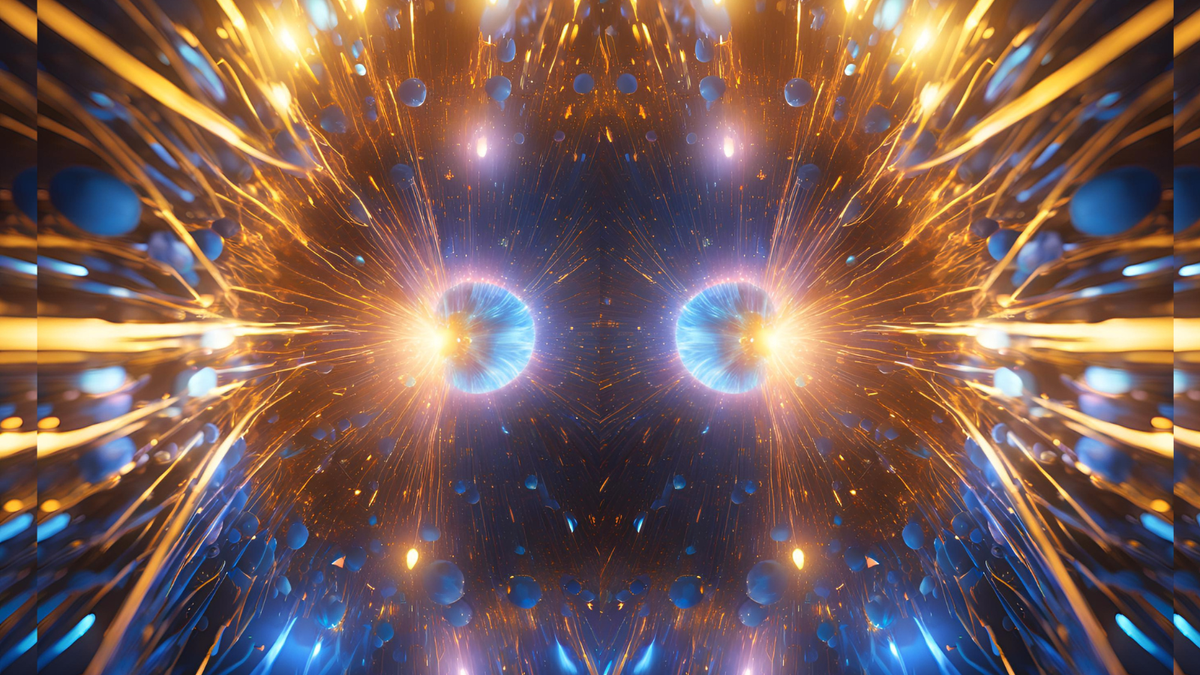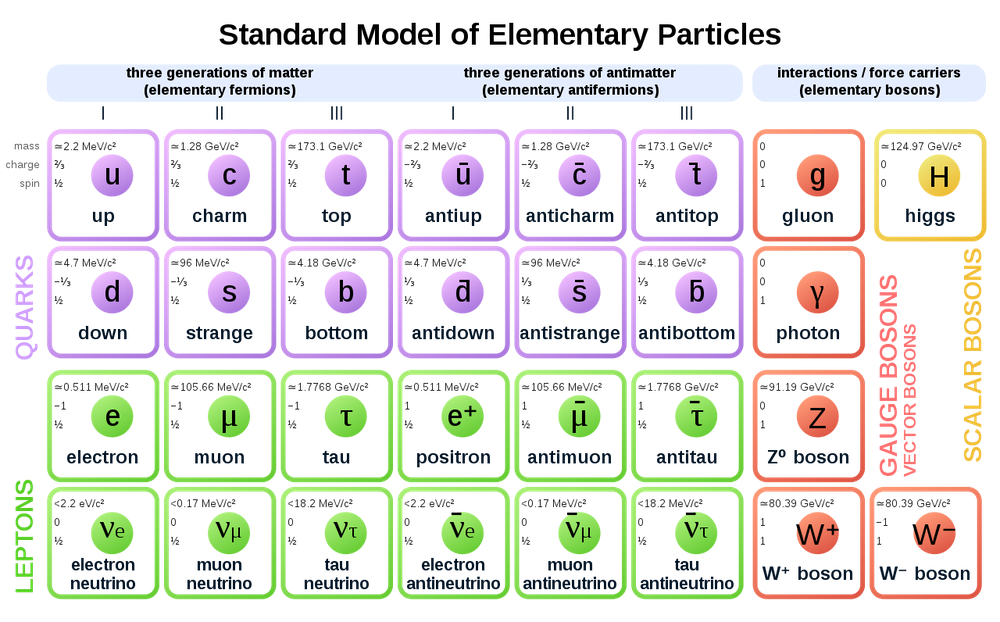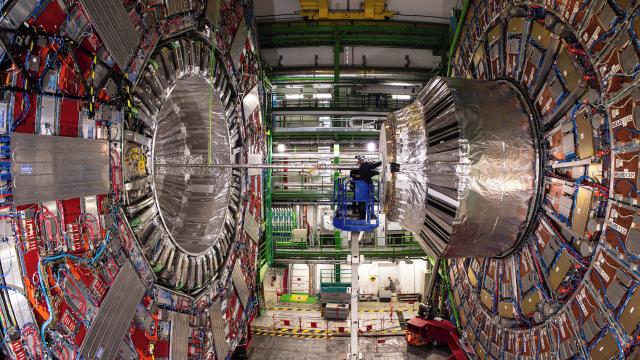
Is there a specific time of day or night when nature’s heaviest elementary particle might start to deviate from the principles set by Einstein? Surprisingly, the response to this inquiry could yield critical insights into the fundamental laws of physics that govern our universe.
In an unprecedented experiment at the world’s most advanced particle accelerator, the Large Hadron Collider (LHC), researchers aimed to determine whether the universe’s heaviest elementary particle—an entity that is not formed from smaller constituents—consistently adheres to Einstein’s 1905 theory of special relativity.
More specifically, the team operating the LHC’s Compact Muon Solenoid (CMS) detector sought to uncover whether a key principle of special relativity, known as “Lorentz symmetry,” is always applicable to top quarks.
Lorentz symmetry suggests that physical laws should remain constant for all observers who are not accelerating. This implies that the outcomes of an experiment should not depend on how it is oriented or the velocity at which it operates.
Nevertheless, certain theories posit that special relativity might break down at exceptionally high energies due to Lorentz violation or the disruption of Lorentz symmetry.
If this occurs, the laws of physics could potentially vary for observers based on different frames of reference. Consequently, this would indicate that experimental outcomes could be affected by the spatial orientation of the experiment within the four-dimensional construct of space-time. Such a shift could challenge many existing theories about the universe, particularly the standard model of particle physics, which is inherently linked to special relativity.
“Indicators of Lorentz symmetry breaking may be detectable at lower energy levels, such as those at the LHC, but prior attempts have failed to identify these signs at the LHC or other colliders,” the CMS collaboration stated in a report.
The CMS team embarked on a quest to find remnants of Lorentz symmetry breaking by examining pairs of the heaviest elementary particles—top quarks.
Quarks Throughout the Day!
Quarks are foundational particles described in the standard model of particle physics that combine to form particles like protons and neutrons.
There are six variations, or “flavors,” of quarks, each with increasing mass: up, down (which are components of protons and neutrons), charm, strange, top, and bottom. The top quark is the heaviest, possessing a mass comparable to that of a gold atom, approximately 173 giga-electronvolts.

The researchers at CMS postulated that if collisions of protons accelerated to near-light-speed at the LHC are influenced by orientation, then the frequency of top-quark pair production resulting from those collisions should fluctuate over time.
This variation occurs because, as Earth orbits, the direction of the proton beams in the collider changes. Consequently, the trajectory of the resultant top quarks should also vary.
This extraordinary scenario implies that the quantity of quark pairs produced could hinge on the time of day during which the collisions take place!

Therefore, if a particular directional preference exists within space-time and there are indications of Lorentz symmetry breaking, we would expect to observe fluctuations in the rate of top quark pair production based on the time of day the experiments are performed!
Analyzing data from Run 2 of the LHC (held between 2015 and 2018), the CMS team discovered no evidence of such discrepancies.
This finding indicates that there were no signs of Lorentz symmetry breaking, hence suggesting that top quarks consistently adhere to Einstein’s principles, regardless of how the proton beams are oriented or the time of day the collisions occur.
Thus, for now, Einstein’s theory of relativity remains intact around the clock.
The enhanced third run of the LHC, which began in 2022, is scheduled to conclude next year. The research team will continue searching for evidence of Lorentz symmetry breaking in proton-proton collisions at greater energy levels.
“These results lay the groundwork for future investigations into Lorentz symmetry breaking utilizing top-quark data from the LHC’s third run,” the CMS collaboration shared. “They also open avenues for studying other heavy particles that can only be observed at the LHC, including the Higgs boson and the W and Z bosons.”
The findings of this research were published at the end of 2024 in the journal Physics Letters B.









